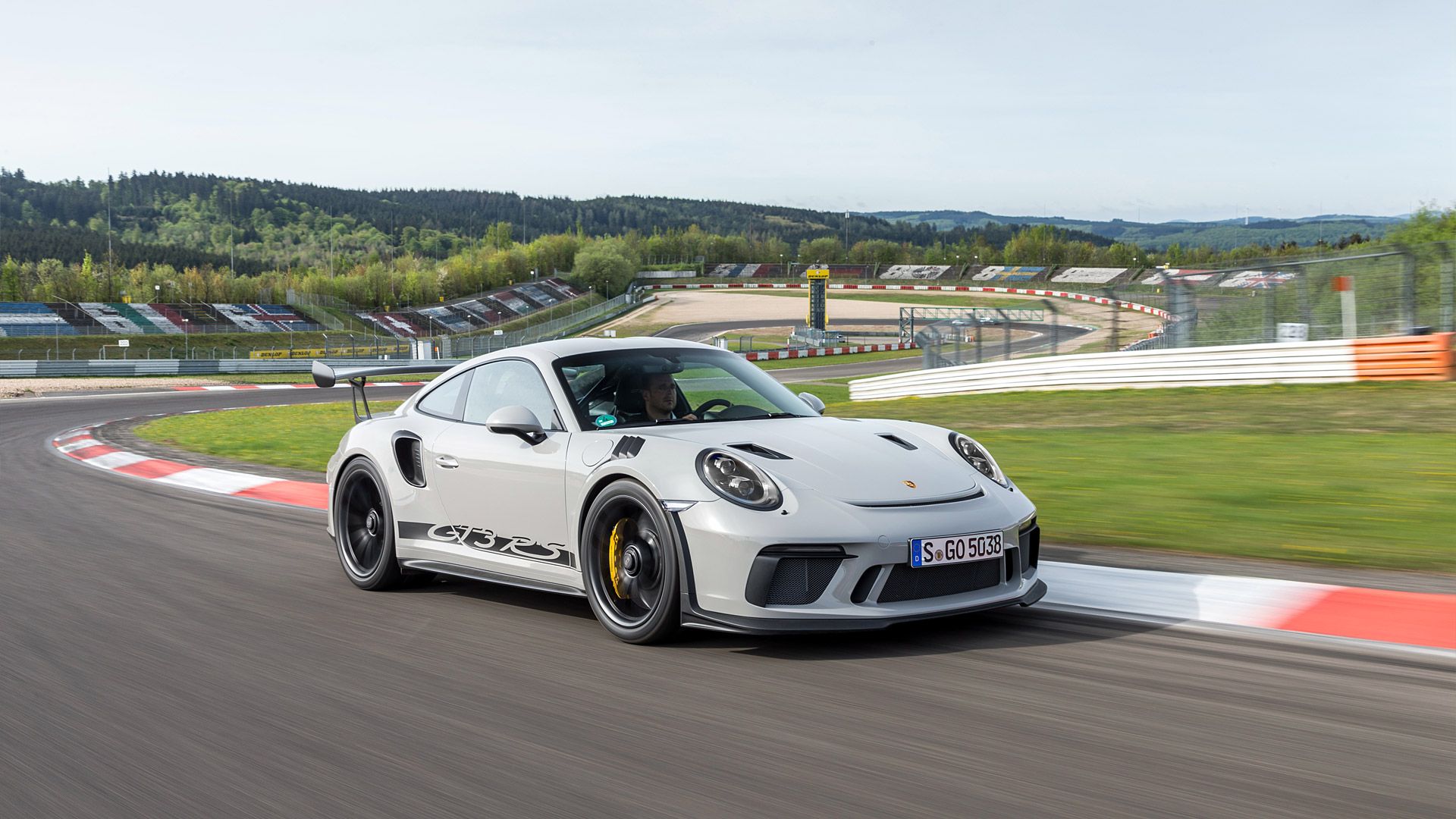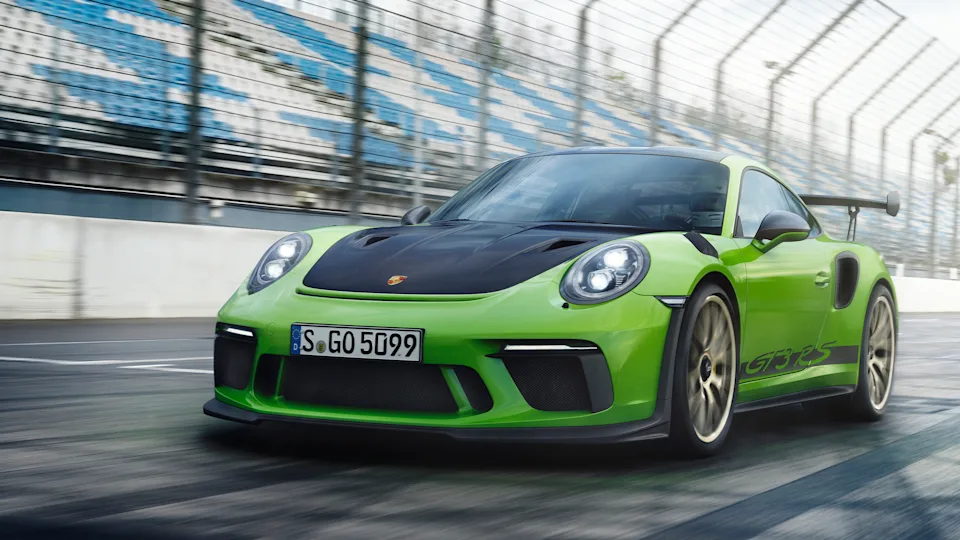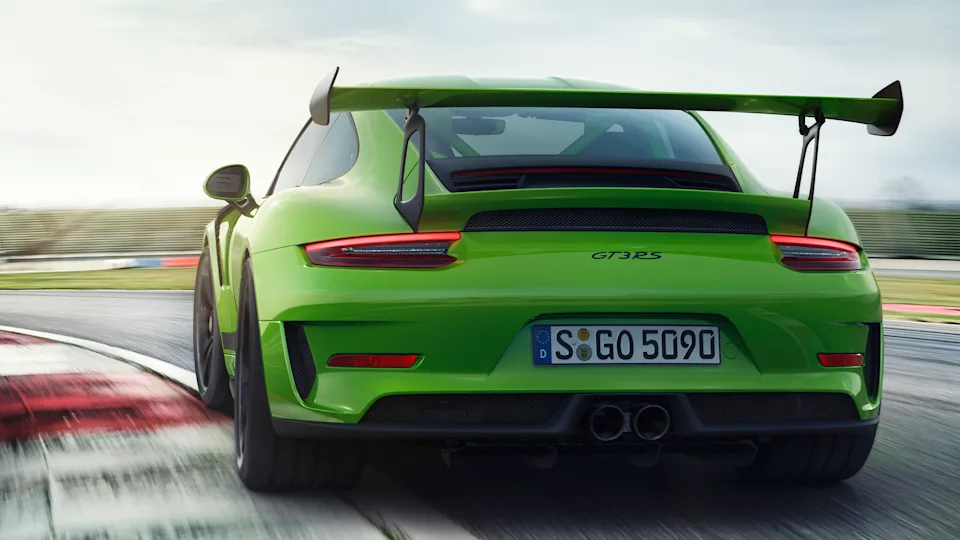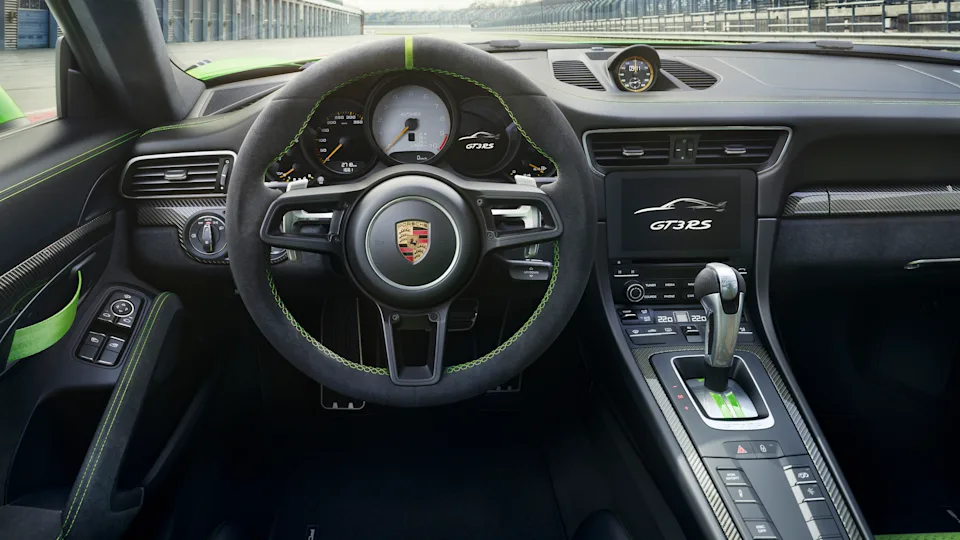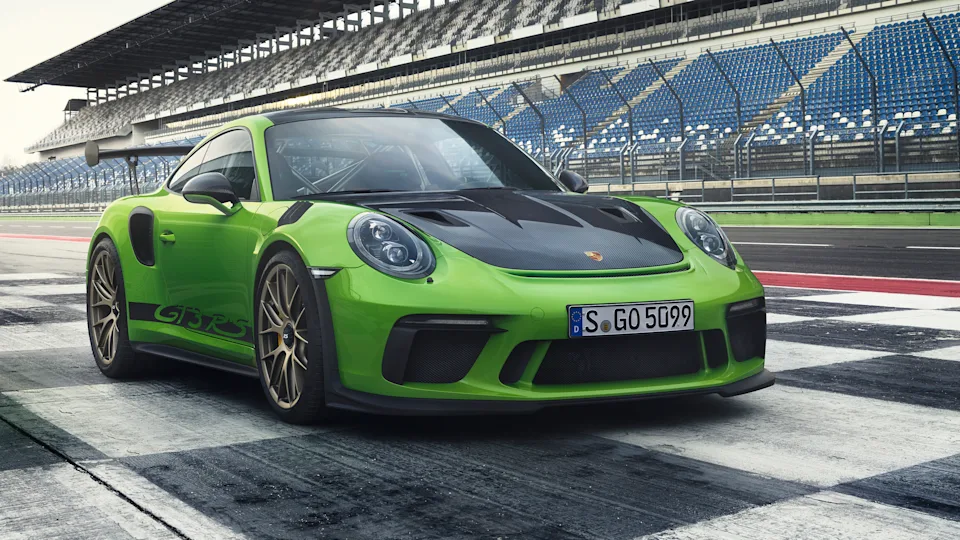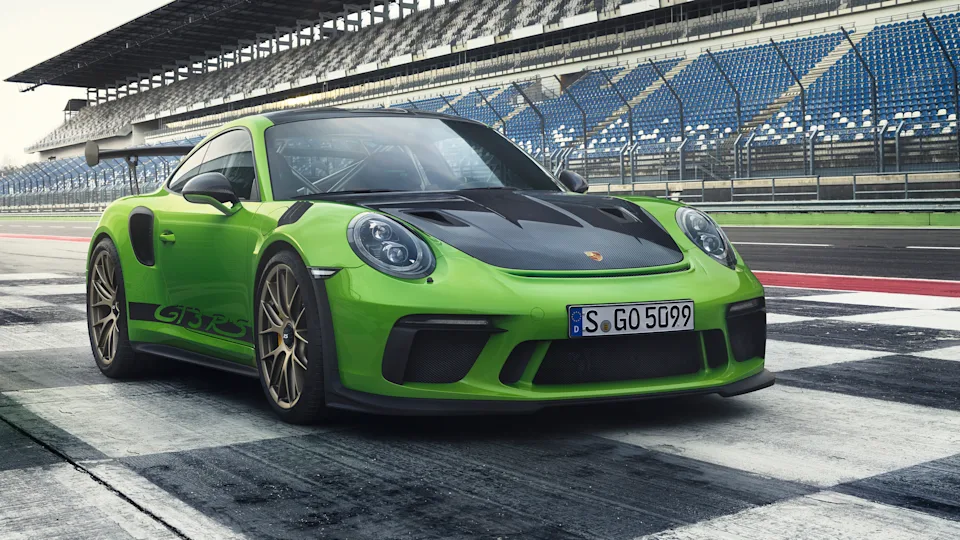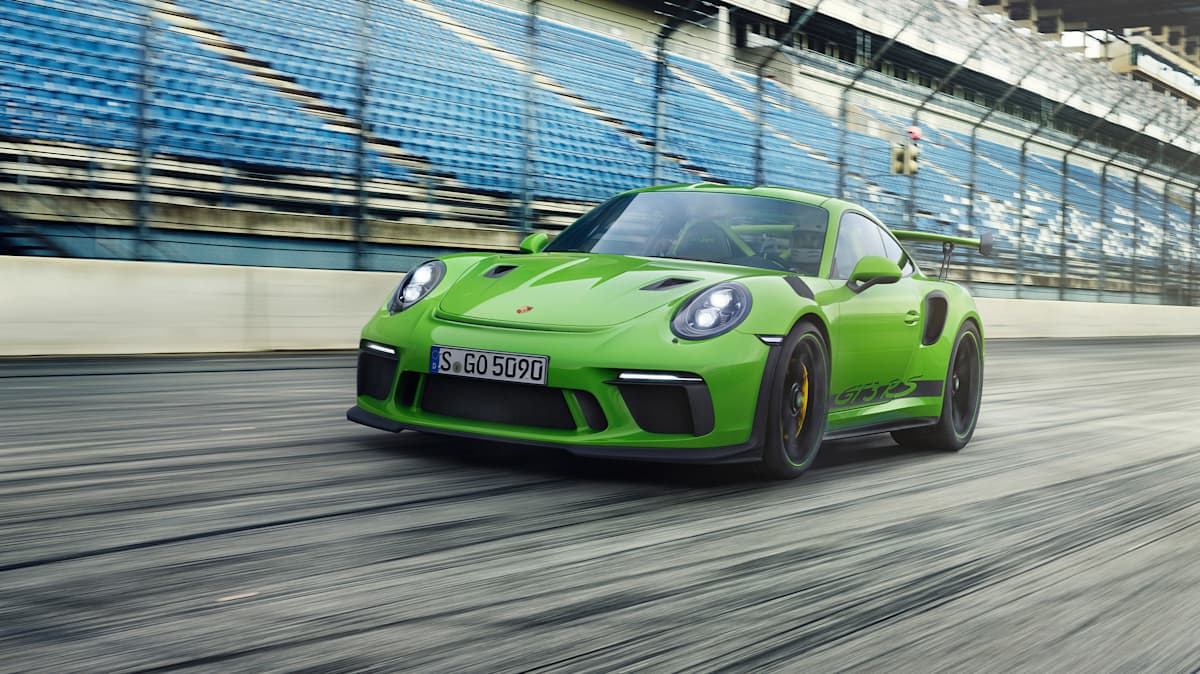(2018 – 2019) Porsche 911 GT3 RS (991.2) – Ultimate Guide
When automotive enthusiasts are asked to describe the pinnacle of the Porsche 911, the GT3 RS overwhelmingly dominates the conversation. In terms of outright performance metrics, it slots in below the new GT2 RS in the pecking order. While it may not be Stuttgart’s king of lap times, the GT3 RS is still the people’s champion. The beloved GT3 RS is certainly no slouch at the ‘Ring either, clocking a 6:56.4 minute lap time – just 9 seconds behind the GT2 RS, and 1 second faster than the million dollar Porsche 918 Spyder.
Like its stablemate, the GT3 RS is a rear-engine, rear-wheel drive iteration of the 911; but it is the soul of the GT3 RS – its 4.0L naturally aspirated engine – that is so enthralling and able to cajole even the most cut-and-dried enthusiasts.
Engine & Performance
The GT3 RS is the beneficiary of an upgraded 911 GT3 engine – a 4.0L, naturally aspirated flat-six power plant which revs all the way to 9,000 rpm. This also means that the GT3 RS and GT3 are the last of the non-turbocharged 911s. The first 911 GT3 RS of the current 991 generation was released in 2015. For MY2019, the GT3 RS (and almost identical GT3) engine receives upgraded pistons and rings, a solid valve train with shims, a stiffer crankshaft, thicker connecting-rod bearings, and plasma-coated cylinder liners.
With updated electronics and a redesigned exhaust system, the GT3 RS produces 520-horsepower @ 8,250 rpm and 346 lb-ft of torque @ 6,000 rpm. As one would expect from a naturally aspirated unit, the engine has instant throttle response and revs as smoothly as it does protractedly. The GT3 RS continues to employ the 7-speed PDK transmission. Porsche does not offer a manual transmission option for the GT3 RS – although, it is available for the GT3 – given that the intended application of the car is one that is both results-oriented and performance-epitomized.
Porsche claims that the GT3 RS is able to sprint from 0-60 mph in 3.0 seconds, 0-100 mph in 6.7 seconds, and can complete the ¼ mile in 11.0 seconds with a top speed of 193 mph – remarkable for a car that is not assisted by forced induction or electric motors, as is becoming today’s mainstream.
Chassis & Handling
The increase in power is meant to compliment the overall balance of the car, so naturally, there have been improvements made to the chassis as well. The front struts and rear multi-link suspension utilize metal ball joints, while stiffer spring rates mitigate body roll. With the setup being much closer to a GT3 Cup car than other production 911s, Porsche states that this ensures “accurate, sharp and direct road holding. And for total emotional contact”.
In addition, steering response and feeling have been improved in conjunction with a redesigned rear-wheel steering system, allowing the car to respond instantly and expertly to driver input and direction. Aluminum six-pot and four-pot brake calipers come standard on all for corners, while Porsche Ceramic Carbon Brakes (PCCB) are optional for those looking to tread at the highest echelon of performance. With either option, pedal feedback remains consistent even after repeated moments of substantial braking Gs, though the PCCB allows for slightly shorter braking distances and more effective trail braking, should the driver be capable and willing.
Specially designed Michelin Pilot Sport Cup 2 tires (265/35/20 at the front, 325/30/21 at the rear) raise the performance of the 911 GT3 RS to the next level – as road legal tires, they allow the driver to enjoy the car on both the street and track.
For the first time, optional tires developed specifically for race track are available for the GT3 RS. While they are also road legal, they are even more performance oriented and should really only be used at the circuit.
An optional hydraulic lift system on the front axle lifts the front bumper by 30mm, allowing the driver to negotiate curbs, ramps, and entrances seen in the real world.
Top Gear: “In an almost celestial way. Everything feels sharper, and yet so immaculately precise to use. This makes the process of squeezing more power on while unwinding the steering, for instance, so symbiotic that some extra-sensory spark sends tingles around your body.”
Design, Styling & Interior
Like the turbocharged GT2 RS, the GT3 RS is also based on the extra-wide body of the 911 Turbo S. Minimum drag, maximum downforce, optimum cooling – all in great abundance and meticulous in detail. The GT3 RS utilizes the same NACA ducts on the bonnet as seen on the GT2RS, which are used to help cool the braking system without reducing the drag coefficient by efficiently channeling air throughout the body. Large front fender vents assist in ventilating pressure from the rotating wheels.
The aerodynamic front bumper ensures optimum cooling and airflow into the radiator while providing massive downforce over the front axle. In conjunction with the huge carbon fiber rear wing and redesigned underbody panels and diffuser, the GT3 RS is able to generate 100% more downforce at 124 mph compared to the ‘standard’ GT3.
Car and Driver: The car feels like it could handle a lot more than 520 horsepower. That’s because it can. It’s essentially the same vehicle as the turbocharged 700-hp GT2 RS. We suppose there are probably circumstances in which you’d really appreciate the extra 180 horsepower, but believe us when we tell you that 520 is plenty in this car on public roads. Plenty.
Thanks to the implementation of weight reduction measures wherever possible, the GT3 RS weighs in at 3,150 lbs – a noticeable 377 lbs lighter than the Turbo S that it is built upon, and 91 lbs lighter than its RS counterpart.
For those opting for a more hardcore diet, the Weissach package is available for an additional $18,000 USD. The package – which amongst a host of things, replaces the standard magnesium roof and anti-roll bars with a carbon fiber – also unlocks the option to purchase magnesium wheels for $13,000 USD on top of it.
Pricing
The GT3 RS is priced in a somewhat interesting fashion. While its pedigree is undoubtedly the same class as the turbocharged GT2 RS, it is surprisingly (to me, anyway) priced nowhere near it, and is only about $40,000 USD more than a GT3. The base price of the GT3 RS is $188,550 USD, with the optional Weissach package and magnesium wheels bringing the total to $219,550 USD when included.
This means that the base price is over $100K USD less than the base price of the GT2 RS ($294,250 USD). Many wondering if this makes the GT3 RS a direct competitor to the GT2 RS; it does, in a way, but not really. Afterall, the GT2 RS was made to be the rarer of the two iterations and will have no issues selling out. I try to refrain bringing up the GT2 RS so much (honestly!), but this is difficult to avoid in the context of commentating about the GT3 RS – and you can see why.
Its significantly lower price point makes it all the more alluring if it wasn’t already so even with the pricing not part of the debate. This at the very the least, means that the GT3 RS could very well be considered a bargain compared to its competition, even for those obsessed with lap times and technical specifications.
Car and Driver: This is a track-day destroyer. Its cornering grip is, well, massive
Pictures
The Video Reviews
Here are some YouTube video reviews from some of my favorite car reviewers and auto personalities. All of them provide feedback from an “everyday guy” perspective – but aren’t afraid to thrash the car around a racetrack when given the opportunity – providing commentary that is both technical and easy to absorb.
First up is Matt Prior from Autocar, taking the GT3 RS through the paces in its natural habitat – the race track. He immediately notes that the GT3 RS is more than just a naturally aspirated GT2 RS – its 9,000 rpm redline, brilliantly balanced chassis and cohesive entirety giving the car its own unique merits.
Next, is a popular YouTuber and Autotrader reviewer, Doug DeMuro providing commentary on what he describes as “the craziest 911 of all time”.
It’s always important to see what an accomplished professional racer can do with a car like the GT3 RS on a race track. This Car TV video provides onboard footage of two-time World Rally champion Walter Rohrl as he completes a hot lap with meticulous precision, technique, and coolness.
Last but not least, is Porsche’s official onboard footage of driver Kevin Estre’s blistering 6:56.4 lap time achieved at the benchmark test of all road-approved sports cars – the Nürburgring Nordschleife.
Press Release
Born from Racing: The New 2019 Porsche 911 GT3 RS
World premiere of the most powerful naturally aspirated series-production 911 ever
Atlanta
The Porsche motorsport department is presenting Weissach’s latest treat at the Geneva Motor Show: the 2019 911 GT3 RS with a race-bred chassis and a high-revving four-liter, naturally aspirated engine producing 520 horsepower and 346 lb.-ft. of torque.
Based on the 911 GT3, the RS has been refined even further, combining the most powerful naturally aspirated engine ever fitted to a road-legal 911 with a suspension that features recalibrated rear axle steering tuned for maximum dynamics and precision.
The new 911 GT3 RS accelerates from 0 to 60 mph in 3.0 seconds, which is 0.2 seconds quicker than the current 911 GT3 with PDK and 0.1 seconds quicker than the previous 911 GT3 RS. Top track speed of the 2019 911 GT3 RS is 193 mph. Following the launch of the 2018 911 GT3 and the 2018 911 GT2 RS, the new 911 GT3 RS represents the third road-legal GT model to be unveiled within a year.
Race-inspired aerodynamics and lightweight construction
Aerodynamics and lightweight construction have determined the design of the wide, weight-optimized body with its classic fixed rear wing. Like on the 2018 911 GT3, the front and rear fascia are made of lightweight polyurethane. Additionally, the front trunk lid and fenders on the 911 GT3 RS are made of carbon fiber and the roof consists of magnesium.
Like on the 2018 911 GT2 RS, NACA ducts in the front trunk lid optimize brake cooling without increasing drag. The front fascia features a spoiler lip that is larger than on the previous model, increasing downforce in conjunction with the larger side skirts. At the rear, the large wing mounted on the carbon fiber deck lid works in combination with a rear underbody diffuser. The result: The 2019 911 GT3 RS produces more than twice as much downforce as the regular 911 GT3 at 124 mph.
The race-inspired appearance continues in the interior: Full Bucket Seats with carbon fiber reinforced backrests provide a high degree of lateral support to suit the vehicle’s exceptional level of lateral grip. Lightweight glass for the rear window and rear side windows, lightweight door panels with door opening loops, reduced sound insulation, and the omission of rear seats emphasize the consistency of the material choices and the dedication to saving weight. The Alcantara steering wheel measuring 360 mm in diameter features a yellow 12 o’clock center marker.
The most powerful naturally aspirated engine in a road-legal 911 ever
The four-liter, naturally aspirated flat-six engine from Porsche in the new 911 GT3 RS pushes the sports car to new limits: It delivers 20 horsepower more than the engine in the 2016 911 GT3 RS and the current 911 GT3. Plasma coated cylinder liners, a central oil supply through the crankshaft with larger bearing diameters, larger connecting rod bearings and the rigid valve train with shims to provide valve clearance compensation all carry over from the 2018 911 GT3.
Capable of up to 9,000 rpm like the regular 911 GT3, the thoroughbred engine takes in ram air through openings in the rear quarter panels, and it is closely related to the unit used in current Porsche 911 race cars. The unmistakable flat-six sound escapes the exhaust tips, which are made of titanium like the muffler itself. The engine is mated to a specifically tuned seven-speed PDK, which features performance-oriented gearing with the top track speed being reached in seventh gear like all GT tuned PDK transmissions.
Race-bred chassis
Technology derived from motorsport ensures that the chassis offers exceptional driving dynamics. Porsche Active Suspension Management (PASM), active engine mounts, rear axle steering, and the fully variable electronic locking rear differential with Porsche Torque Vectoring Plus (PTV+) are standard. Ball joints on all suspension links provide even greater precision than conventional bearings with rubber bushings. Furthermore, the new 911 GT3 RS features new helper springs at the front axle, in addition to the rear.
As is customary for a Porsche GT model, the ride height, toe, camber, caster and sway bar settings of the suspension can be adjusted to suit individual driver preferences. Forged lightweight wheels measuring 9.5 x 20 inches in diameter with newly developed 265/35 ultra-high performance (UHP) tires enhance agility and steering precision, while 12.5 x 21-inch wheels with 325/30 UHP tires mounted at the rear deliver excellent traction.
Overall, the wider tires offer a significantly larger contact patch than those of the regular 911 GT3. Large cross-drilled grey cast iron rotors measuring 380 mm front and rear are standard, while the Porsche Ceramic Composite Brake system with 410 mm rotors at the front and 390 mm rotors at the rear can be ordered as an option. The ceramic rotors weigh around 50 percent less than the cast-iron variants.
Optional Weissach package and magnesium wheels for extra weight savings
For particularly spirited drivers, the Porsche motorsport department has created an optional Weissach package to reduce the weight of the car even further. With this package, the front and rear sway bars and coupling rods, vehicle roof, steering wheel trim, and shift paddles on the steering wheel are all made of carbon fiber, reducing the weight by roughly 13 pounds.
Optional forged magnesium wheels, weighing around 25 pounds less than the standard wheels, are available as well in conjunction with the Weissach package. When equipped with these options, the weight of the 911 GT3 RS drops to 3,153 pounds.
Pricing and availability
The new 2019 911 GT3 RS is available to order now and is expected to reach U.S. dealers in fall 2018. The MSRP is $187,500, not including available options or the $1,050 delivery, processing, and handling fee. The Weissach Package is available for $18,000. The magnesium wheels can be ordered for an additional $13,000 in conjunction with the Weissach package and will be available at a later date.
In Depth
2018 Facelift (991.2 GT3 RS)
Although expected, the engine size was not increased for the facelift model – mostly because of technical limits and maybe also because of the CO2 emissions. Maximum engine speed was rised from 8800 to 9000 rpm and power from 368 to 383 kW. Its wide and sort-of-troubled exterior design means in top speed the 991.2 GT3 RS 4.0 cannot beat the slicker and more aerodynamic non-RS version, not even the 991.1 GT3 3.8.
The optional Weissach package was more of an optical package than a racing package. While the Clubsport package came with steel roll cage that could be extended at the front for motorsport use, the lightweight titanium roll cage in the Weissach package was not approved for racing, its use was limited to track days. But that’s the purpose of the GT3 RS. The Weissach pack included additional carbon components for the chassis, interior and exterior, as well as optional magnesium wheels from 918 Spyder.




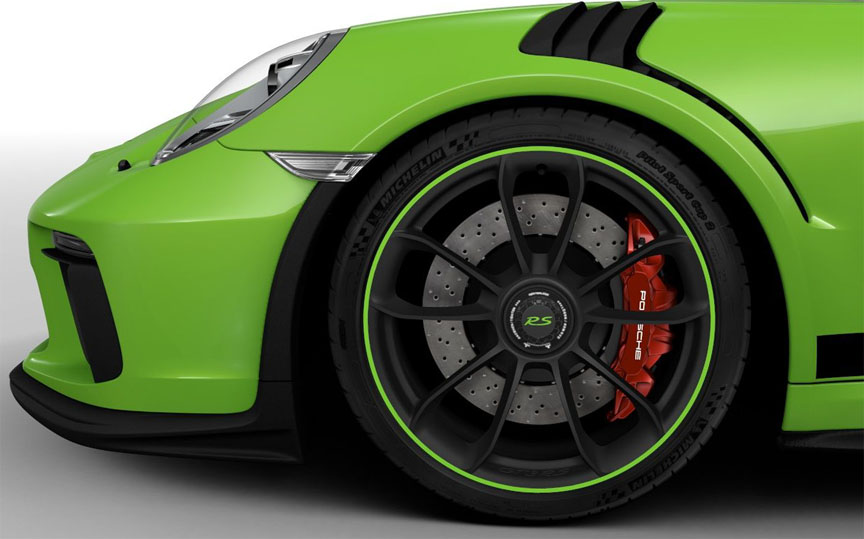
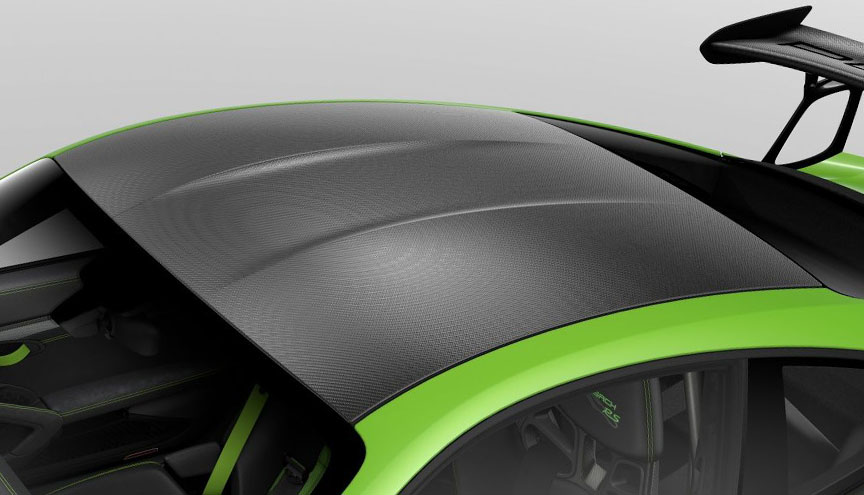
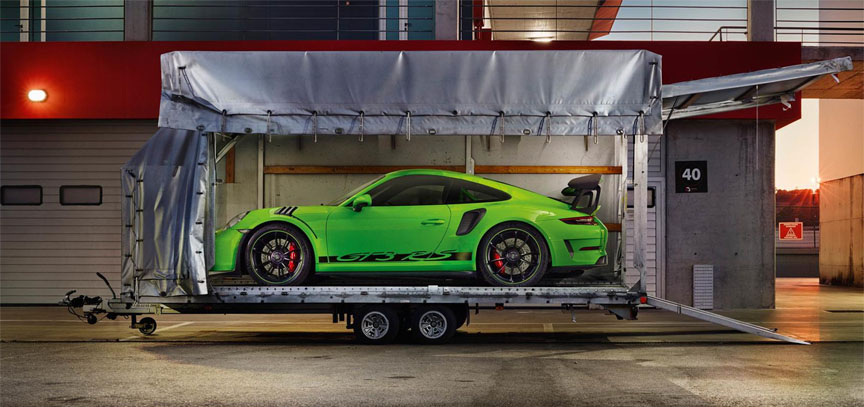
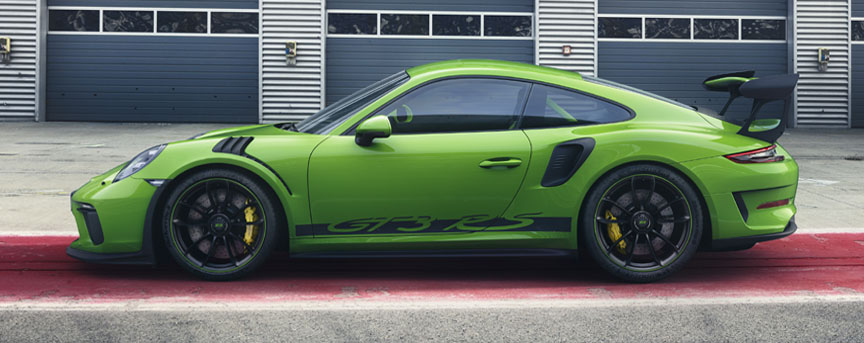
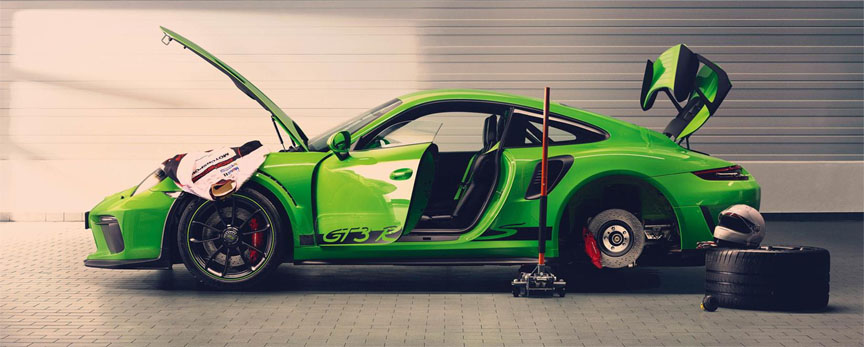
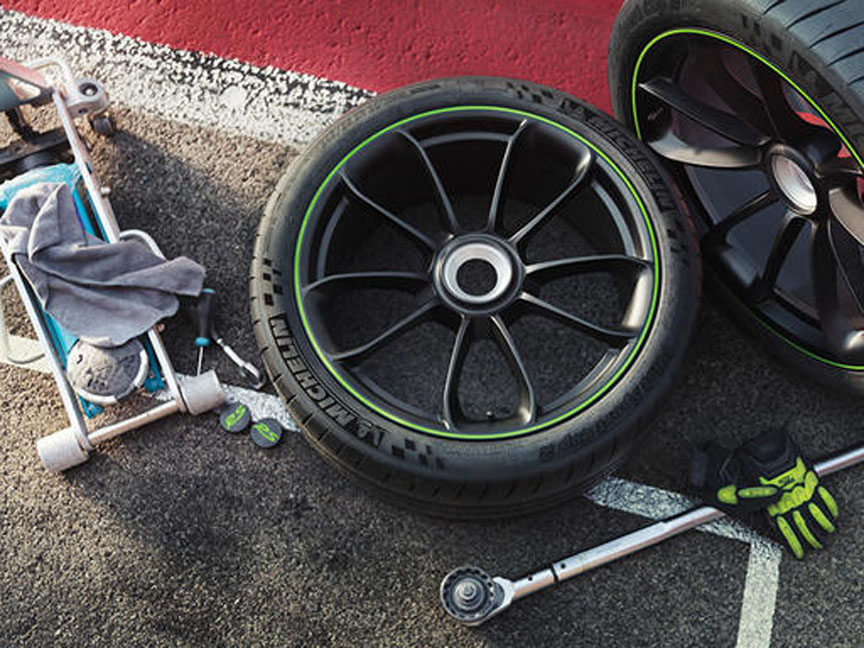
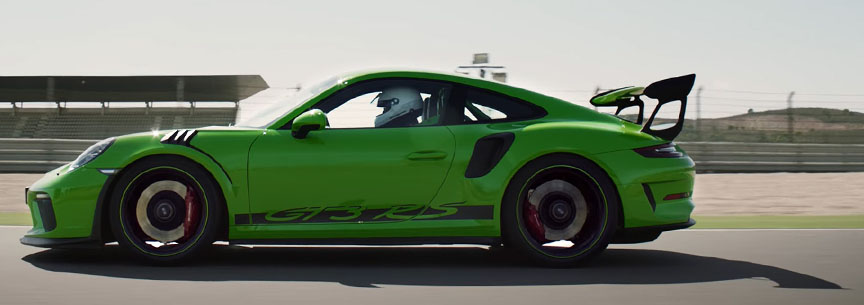
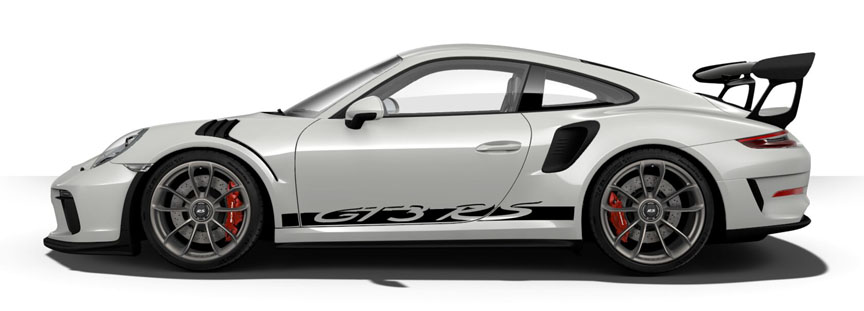

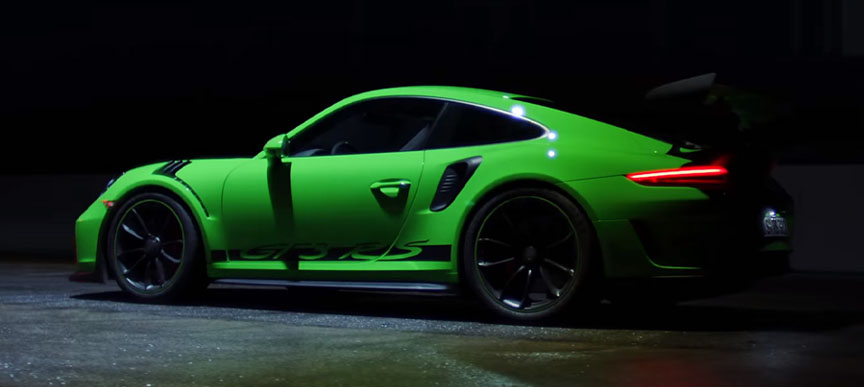


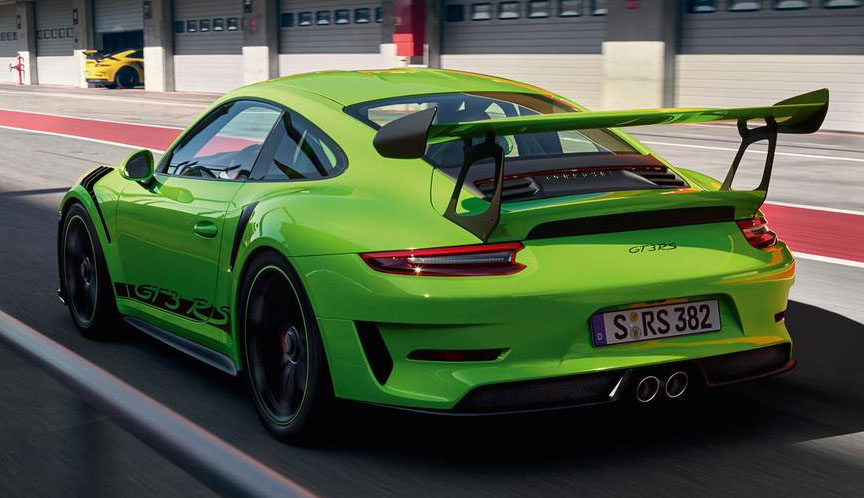
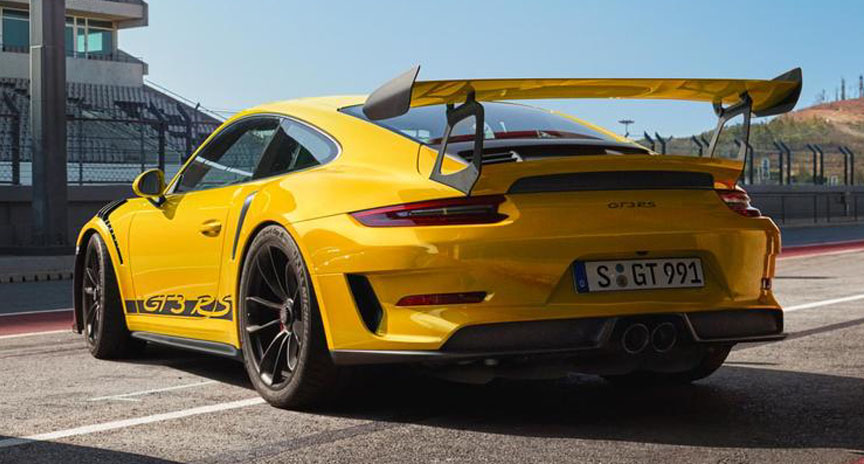
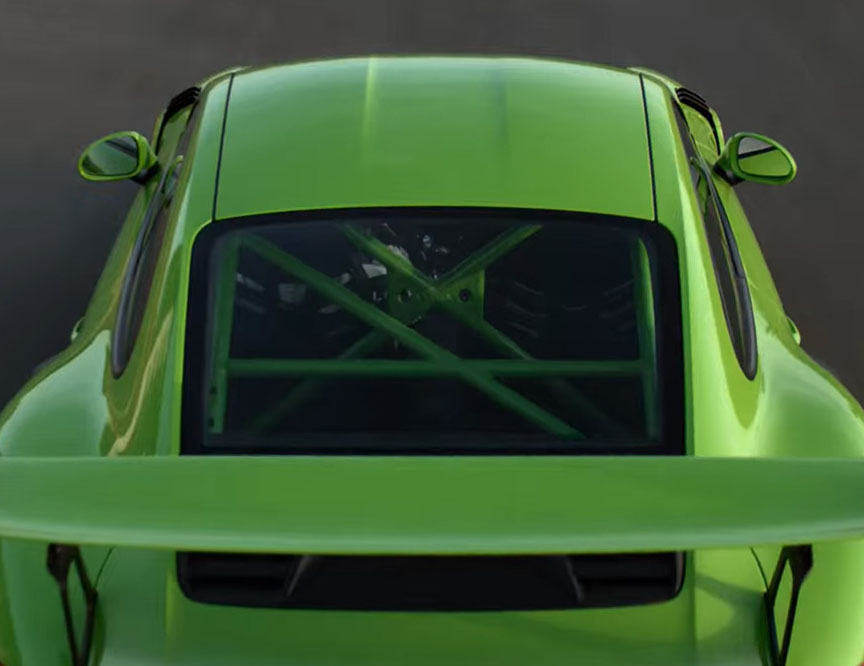
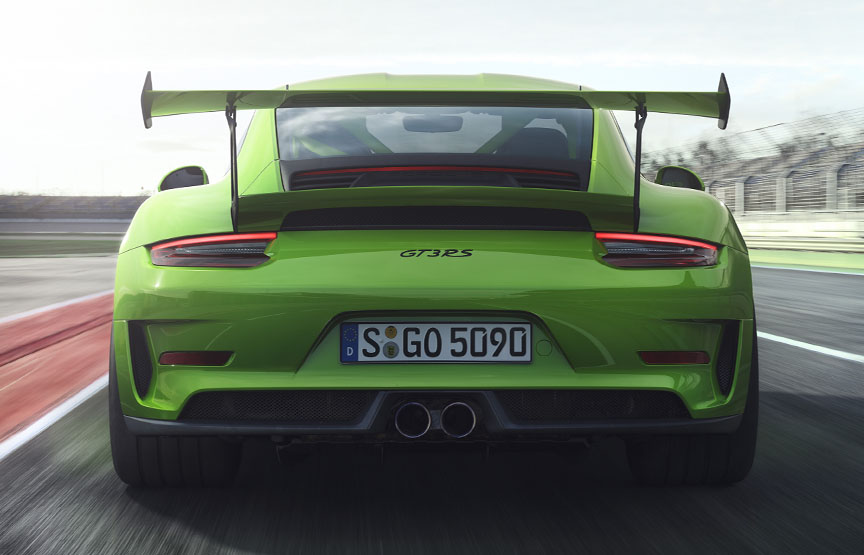
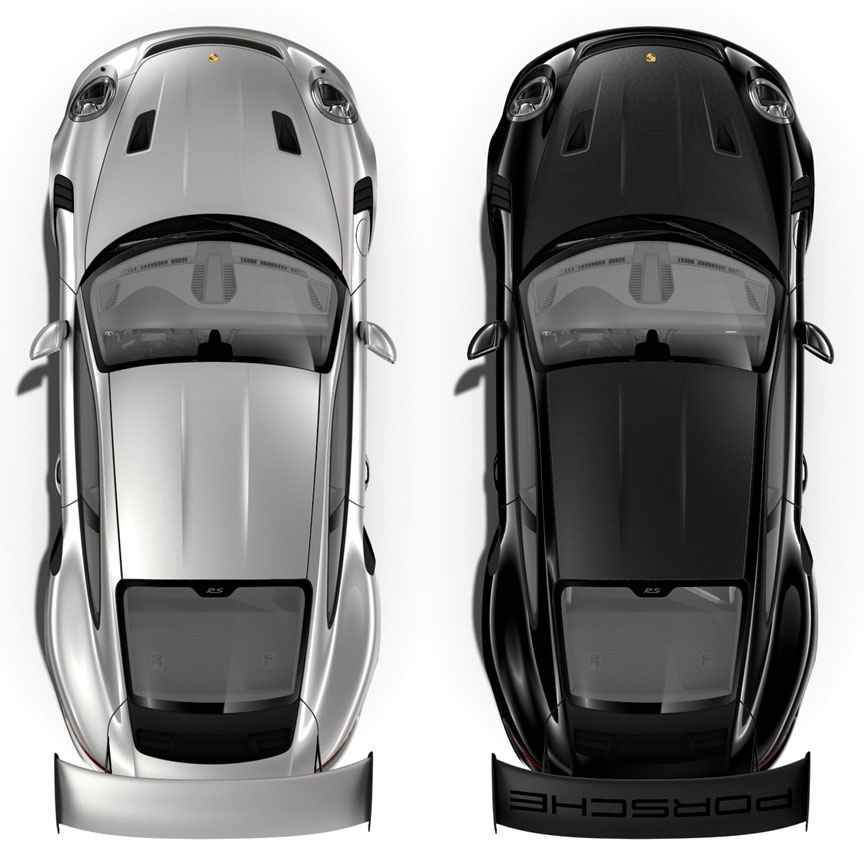
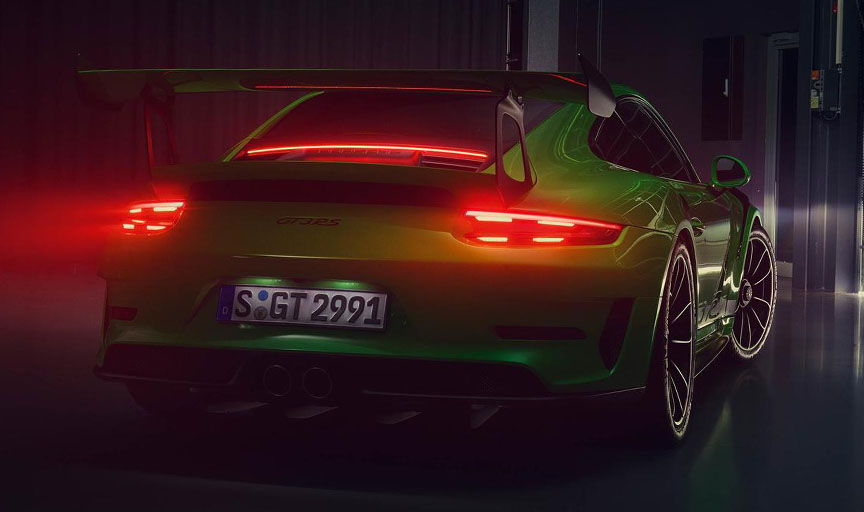
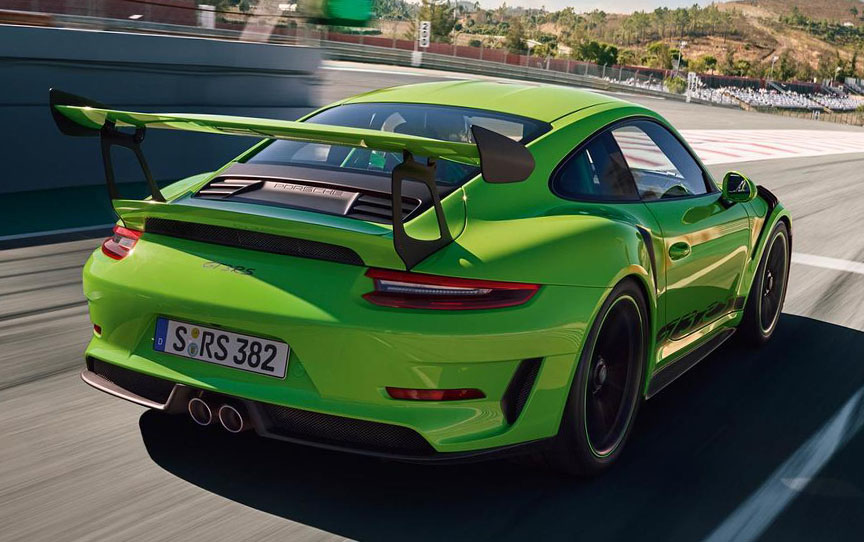

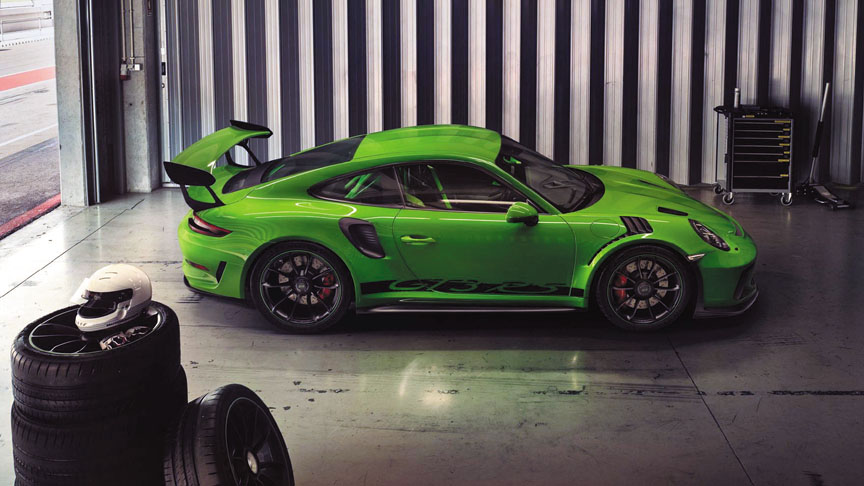
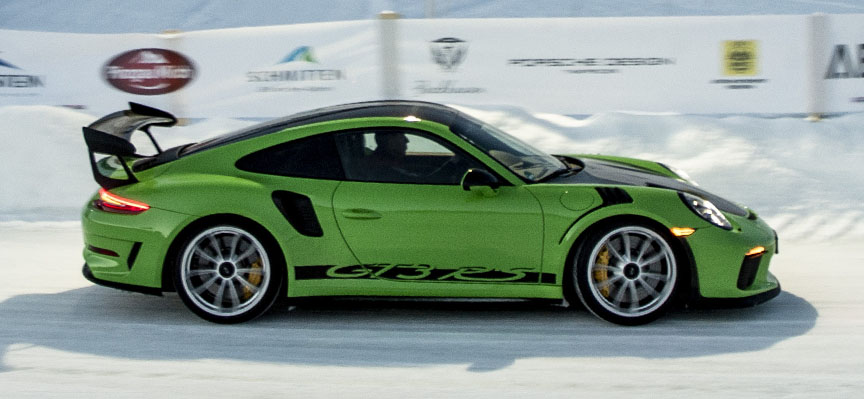
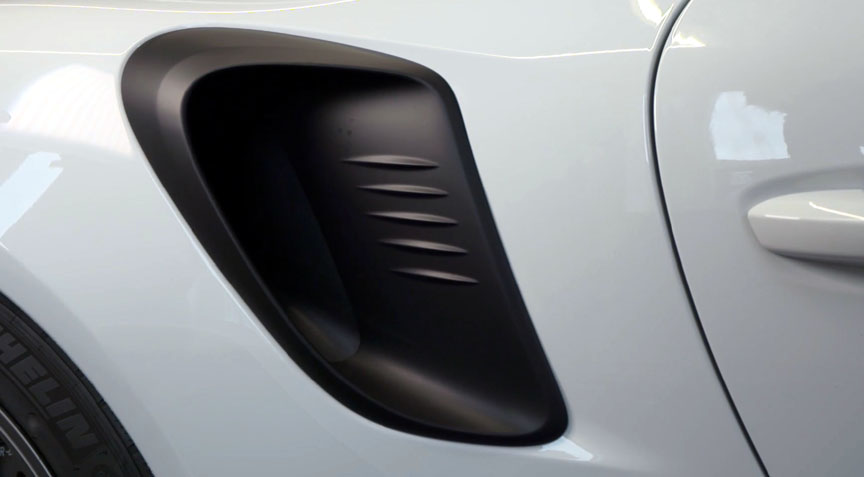
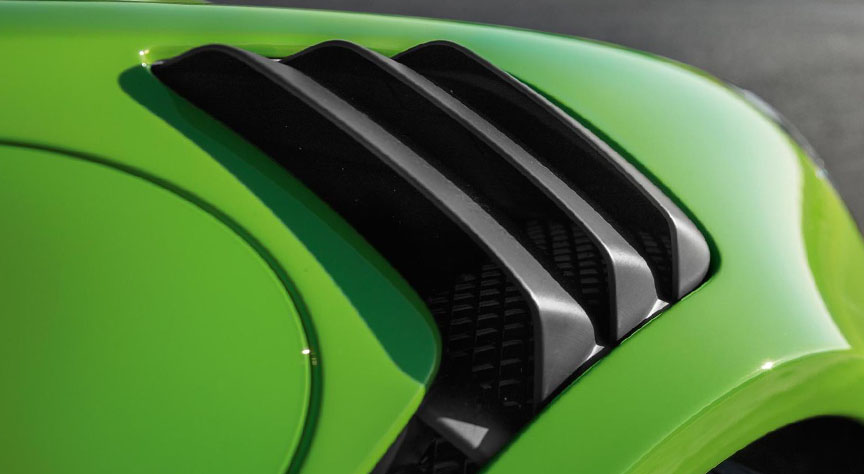
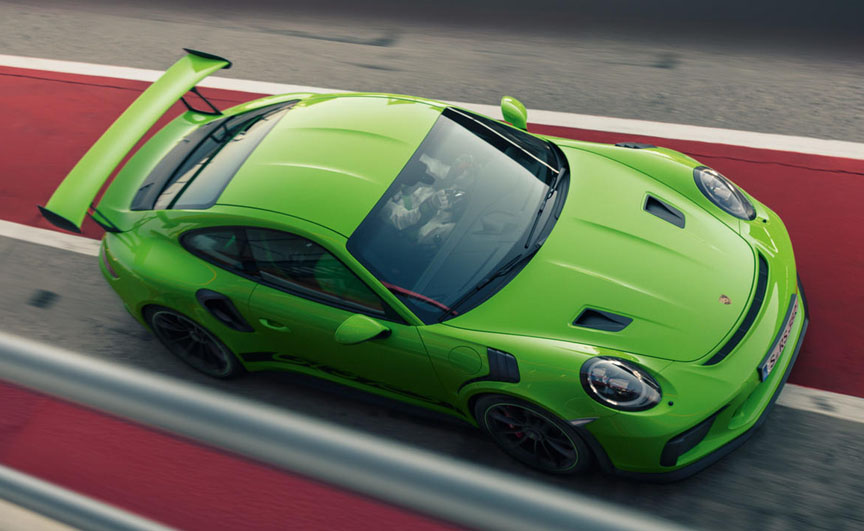
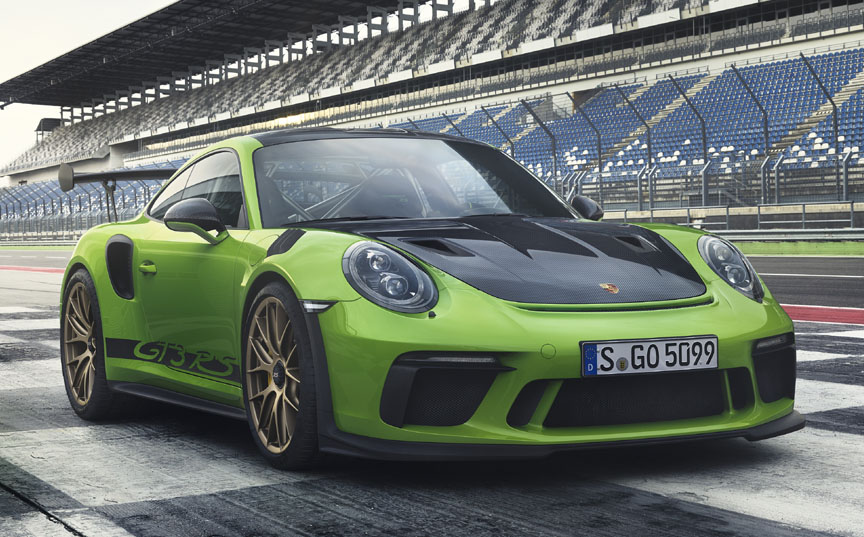

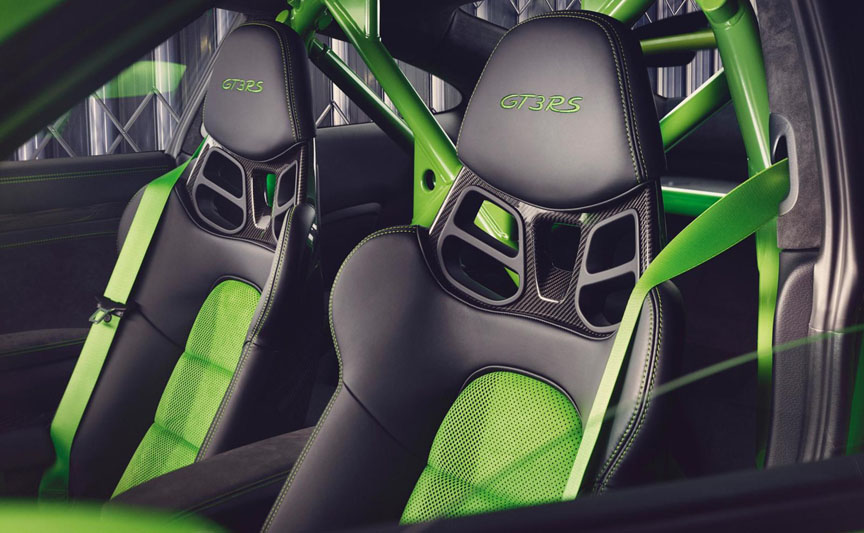
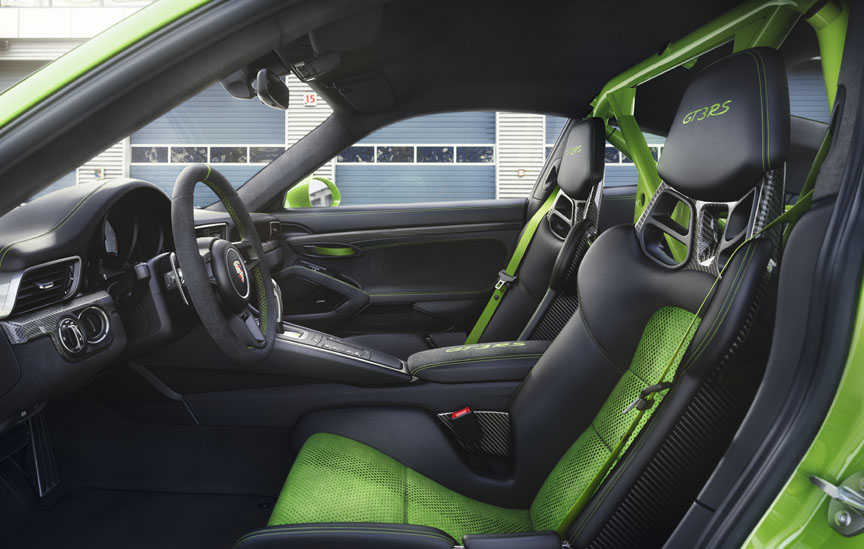
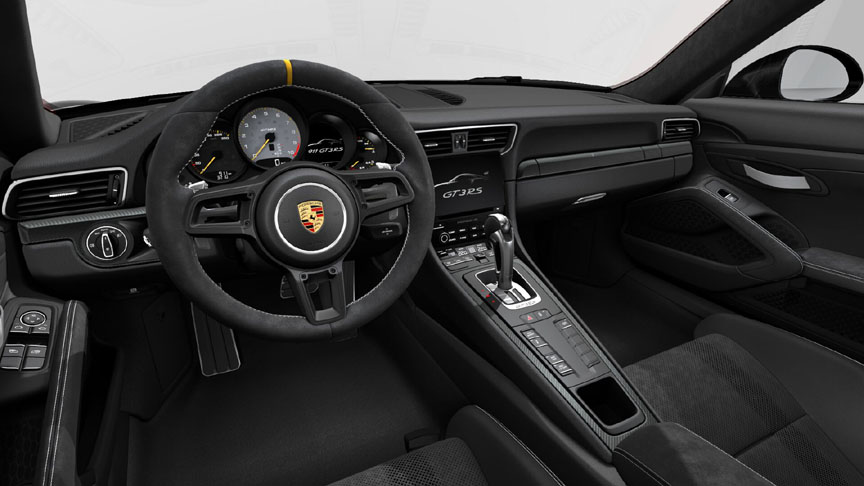
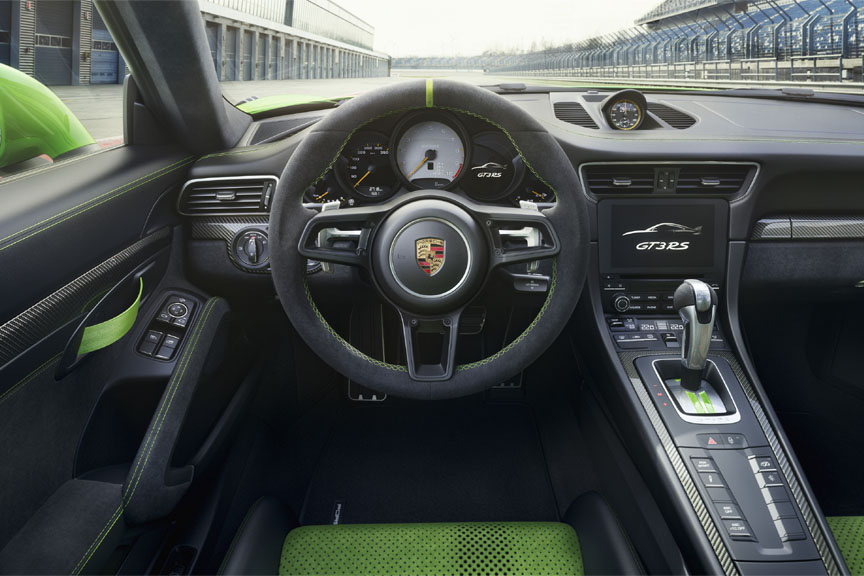
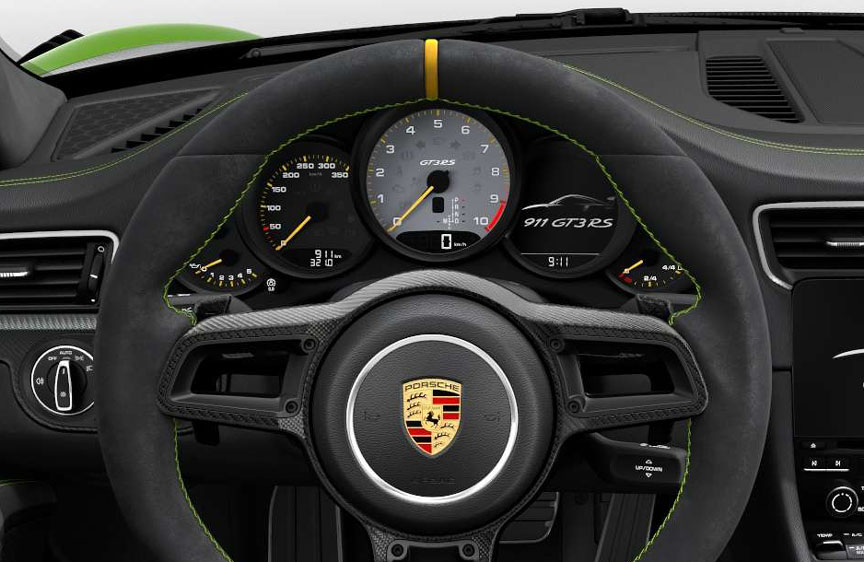
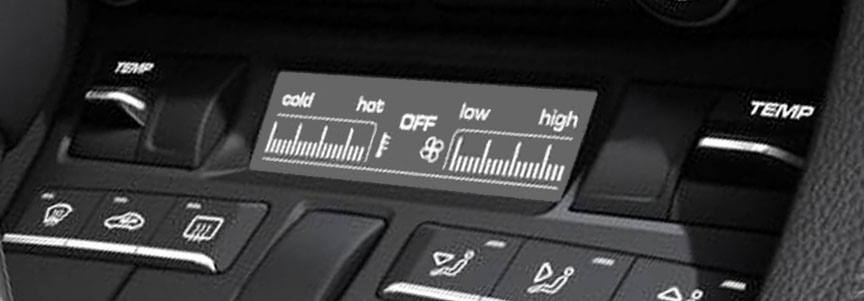
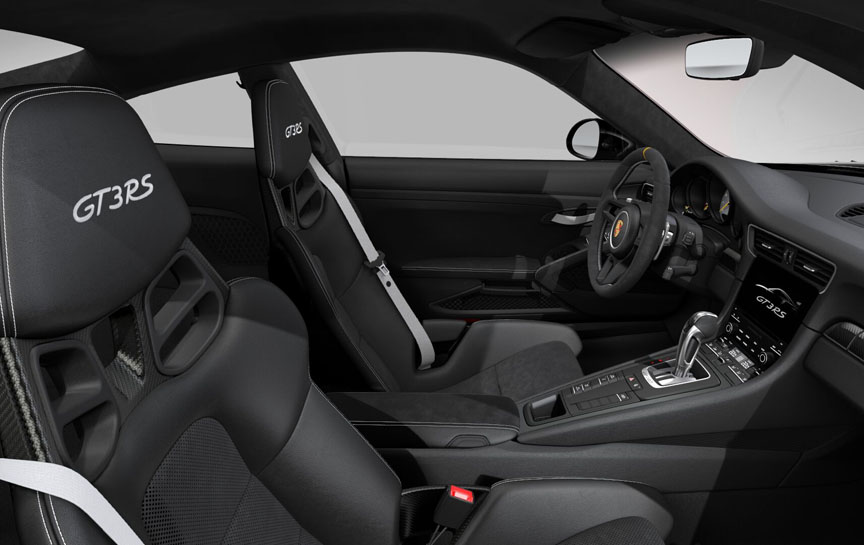

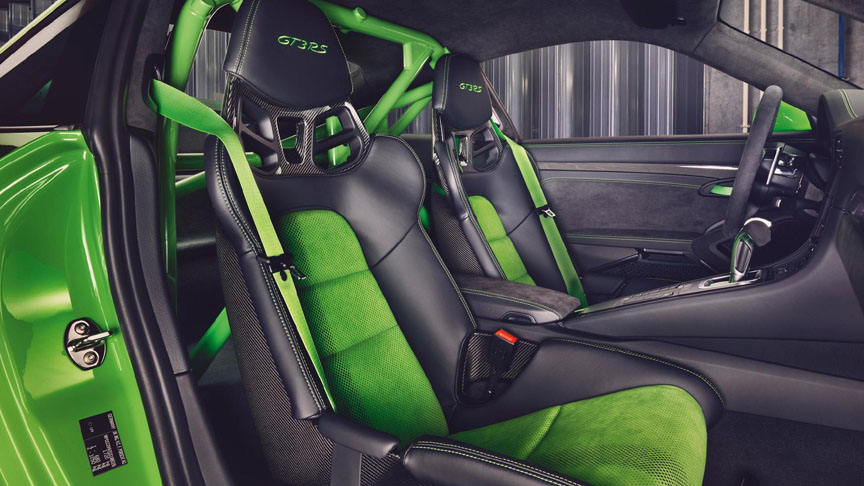
Nürburgring Nordschleife lap time 6:56.4
With its soon-to-be-launched Pilot Sport Cup 2 R tyres Michelin proved that even the already best street legal tyres can be enhanced further. On April 16, 2018, the 383 kW 991.2 GT3 RS fitted with Weissach package, magnesium wheels, Cup 2 R tyres and driver Kevin Estré managed to lap the Nürburgring Nordschleife in 6:56.4. Remember, the 652 kW 918 Spyder has lapped the Nordschleife in 6:57. The result of the 991.2 GT3 RS sounds unrealistic compared to the 7:20 lap of the 991.1 GT3 RS (which has just 15 kW less power), to the 918 Spyder or the 515 kW 991 GT2 RS that is just 9 seconds faster on this 12.9 mile/20.8 km ring.
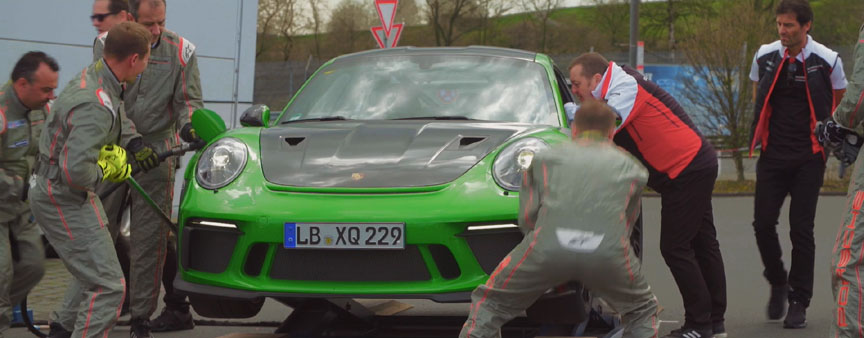
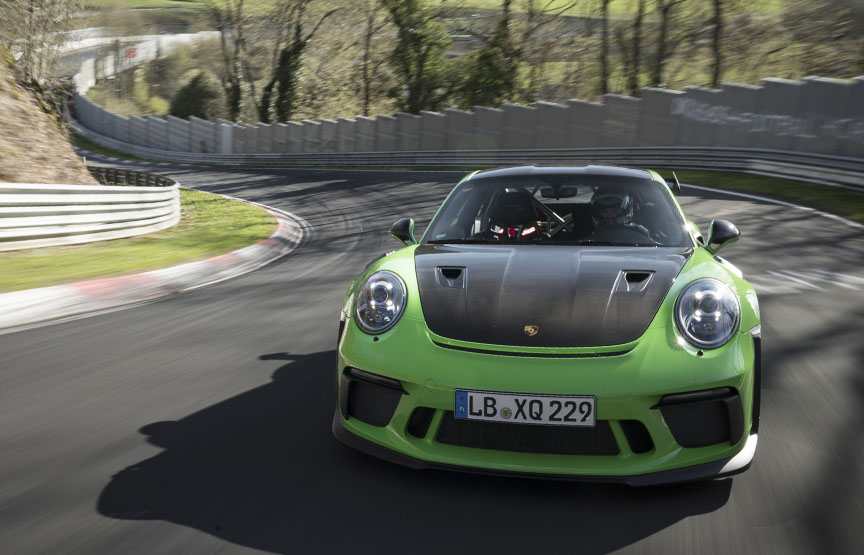
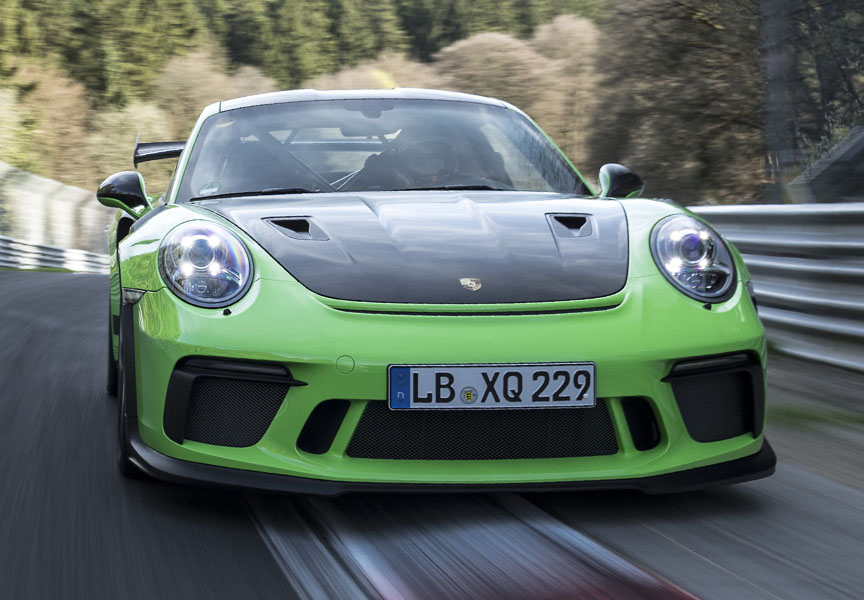
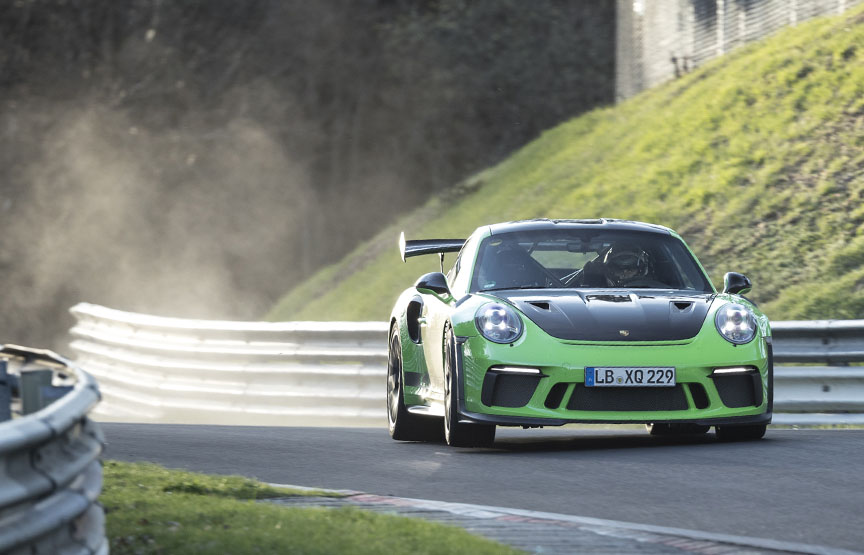
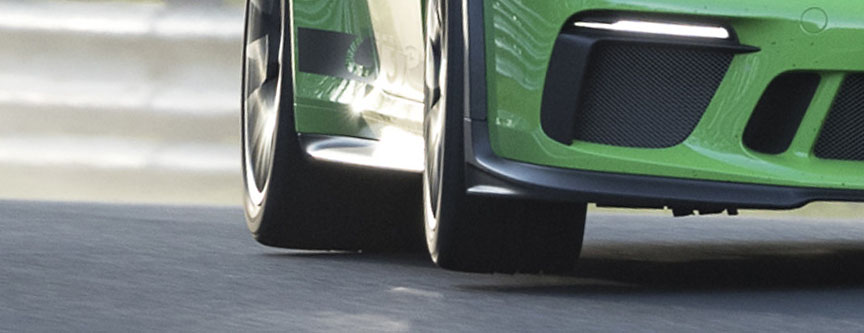
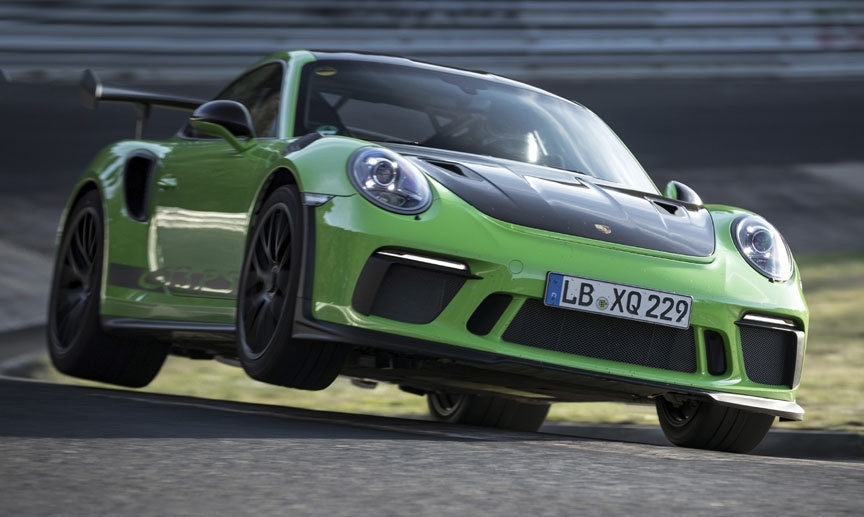
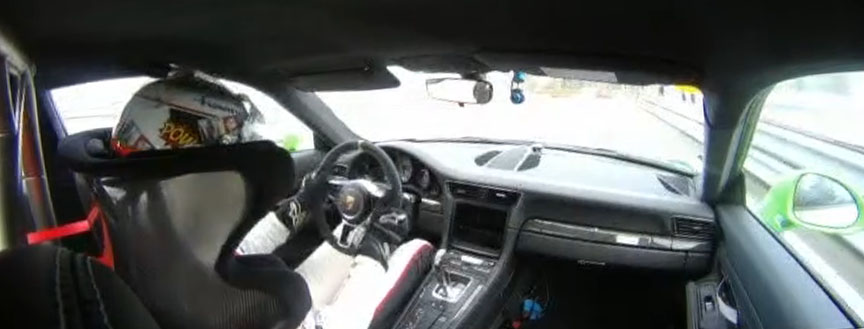
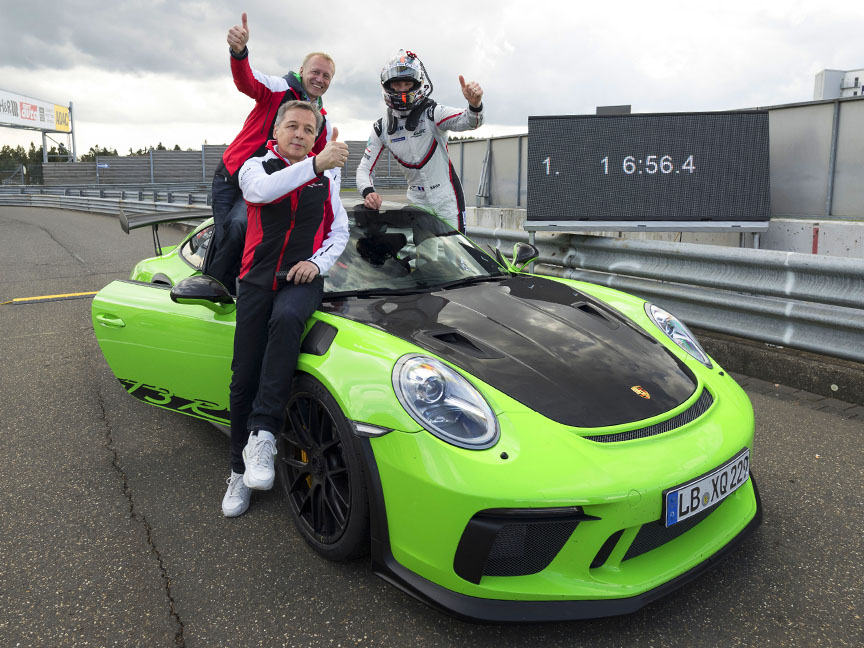

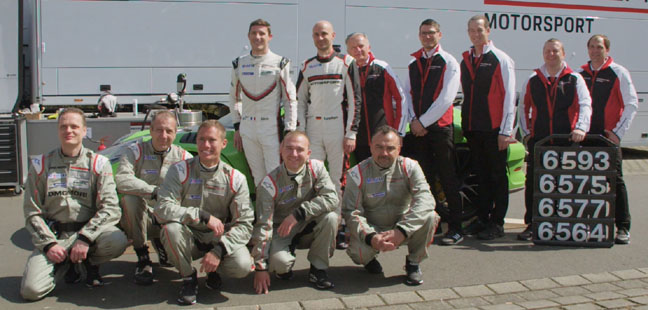
Mark Webber at the Nürburgring GP track
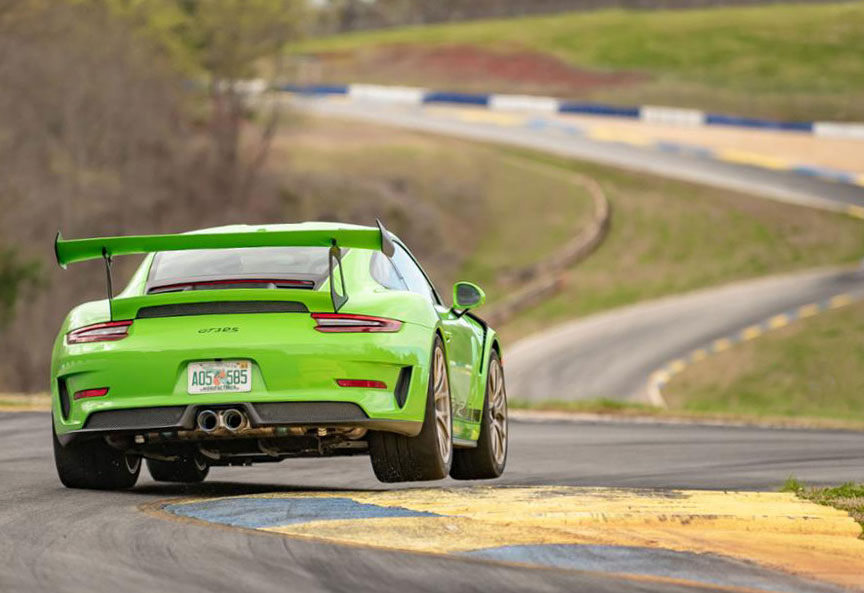
Considering the CO2 emissions of the normally aspirated 4-litre 9000 rpm engine – which are 200+% over the EU 2020 regulations – the 991.2 GT3 RS is the last of a kind. It remains the most powerful naturally aspirated street legal Porsche of all times.


